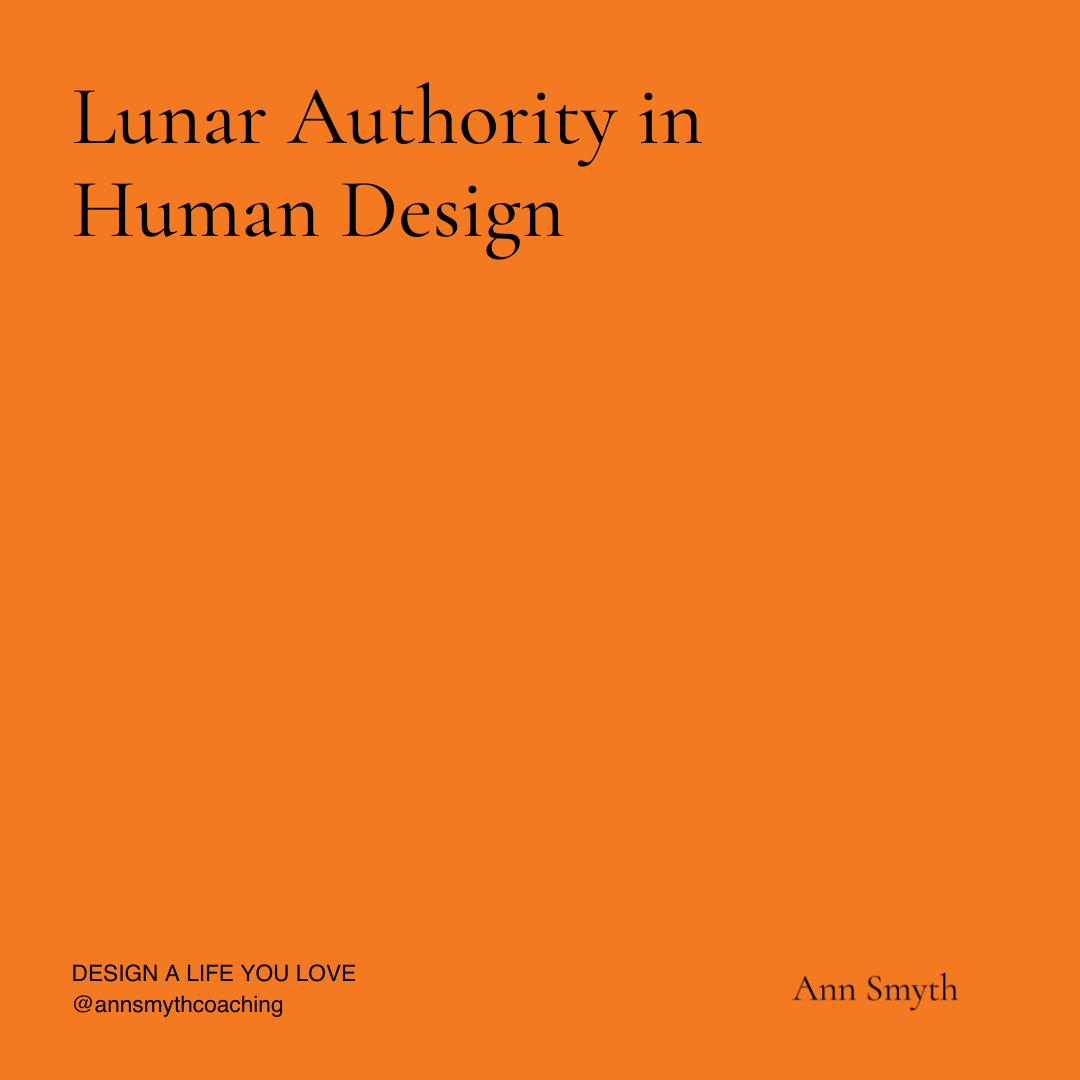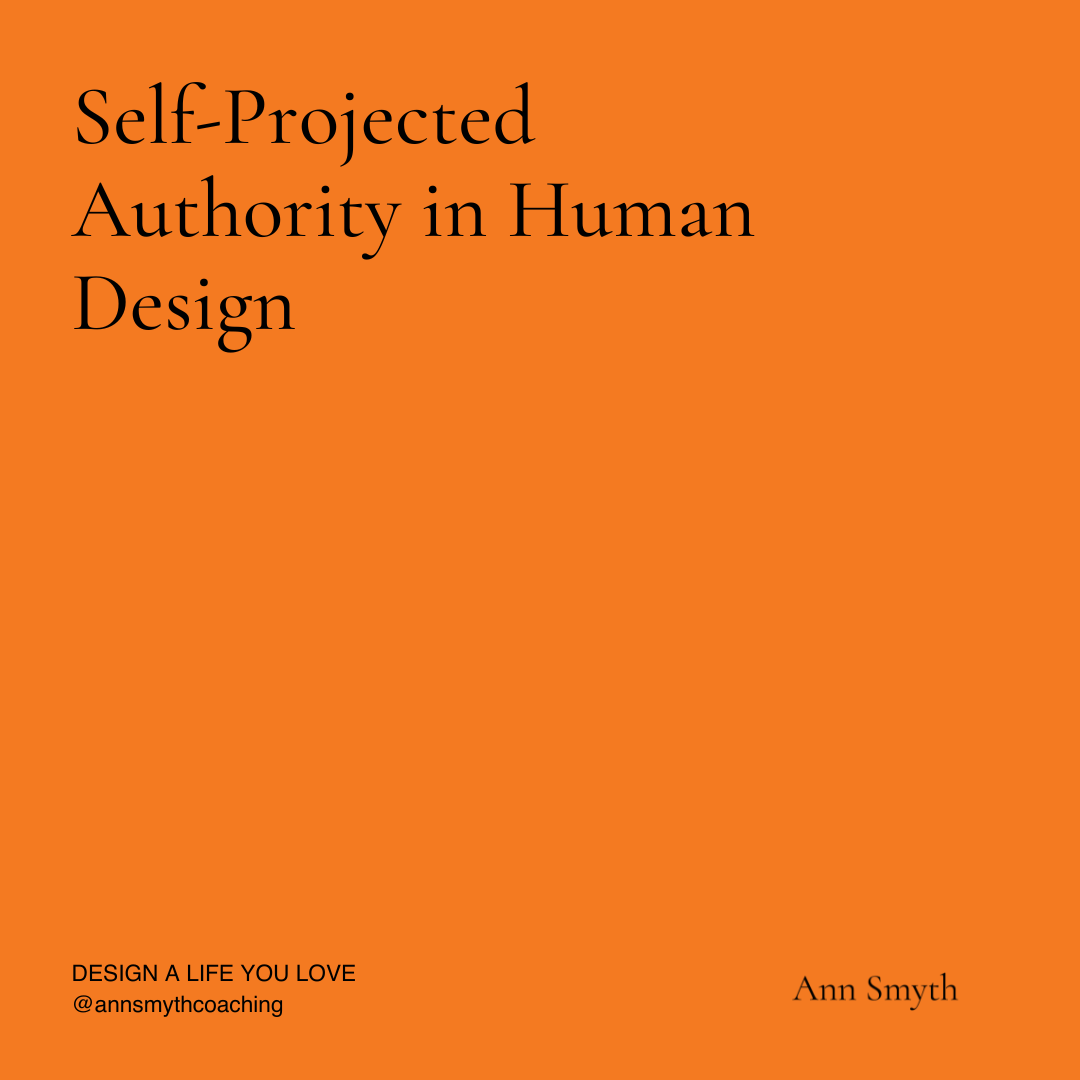Unlocking Personal Transformation: Human Design, Design Thinking, and Brain Rewiring for a More Creative Life
In the recesses of our minds lies a profound desire for change—a yearning to transform the way we work, live, and play. Yet, amid the cacophony of our daily lives, the mental load we carry can act as a formidable barrier, impeding our ability to think creatively and realise the new ways of being we crave. The relentless onslaught of daily stresses and the ever-present hum of anxiety can leave us spinning our wheels to the point of exhaustion, constraining our capacity to think outside the box. It is in this delicate balance between the yearning for change and the weight of our mental burdens that the pursuit of lateral thinking becomes not just a choice but a necessity. As we navigate the labyrinth of our aspirations, the recognition of these challenges serves as a compass, guiding us towards a more innovative and transformative approach to problem-solving.
Human Design: A Blueprint for Inner Transformation:
Enter Human Design, a powerful tool that offers a blueprint for understanding our unique selves from the inside out. Rooted in a synthesis of ancient wisdom and modern science, Human Design delves into the intricacies of our energetic makeup, providing insights into our strengths, challenges, and optimal ways of functioning in the world. In the journey towards a new way of being, Human Design acts as a catalyst for inner change, offering a language to articulate what we innately know about ourselves. It provides relief, shedding light on our authentic selves and the paths that align with our true nature.
The Impact of Experiences and Environments on Lateral Thinking:
Our ability to think laterally, to envision alternative and creative solutions, is profoundly shaped by the tapestry of experiences and environments woven throughout our lives. From the early stages of childhood to the complexities of adulthood, the lens through which we perceive the world is continuously moulded by the people we encounter, the places we inhabit, and the challenges we face.
1. Childhood Foundations:
In the formative years of childhood, our brains are exceptionally malleable, absorbing information and impressions like sponges. The environment in which we grow up, the relationships we form, and the cultural context we are immersed in play pivotal roles in shaping our cognitive patterns. If our early experiences are rich with diverse stimuli, encouragement of curiosity, and exposure to varied perspectives, we are more likely to develop a flexible and open-minded approach to problem-solving later in life.
2. Educational Systems:
The formal education systems we navigate further contribute to the shaping of our thinking processes. Traditional educational structures often emphasise linear thinking, rewarding adherence to established rules and norms. While this approach is essential for certain skill sets, it can inadvertently stifle the development of lateral thinking. Encouraging educational environments that foster creativity, critical thinking, and interdisciplinary exploration is crucial in breaking free from the constraints of rigid thought patterns.
3. Cultural and Societal Influences:
The broader cultural and societal contexts we find ourselves in have a profound impact on our ability to think laterally. Cultural norms and societal expectations can create a set of predefined pathways, subtly guiding our thoughts, feelings, and actions. Within such frameworks, it becomes normal to conform to established practices, sometimes hindering the recognition of alternative and creative possibilities.
4. Personal Experiences and Trauma:
Individual life experiences, particularly those laden with trauma or hardship, can shape our thinking in profound ways. The need for survival often leads to the development of coping mechanisms that prioritize practicality and security over creativity and innovation. Over time, these adaptive strategies can become ingrained, making it challenging to break free from habitual ways of thinking and problem-solving.
5. Societal Structures and Systems:
The structures and systems that govern our societies also exert a powerful influence on our lateral thinking capabilities. Hierarchical structures, bureaucratic processes, and entrenched systems can create a sense of inevitability, making it difficult to envision alternative ways of existence. This normalisation of existing structures can be so pervasive that creative solutions may not even register as possibilities.
“A creative life is an amplified life. It’s a bigger life, a happier life, an expanded life, and a hell of a lot more interesting life”
Human Design as a Catalyst for Inner Change:
In the journey towards a new way of being, Human Design acts as a catalyst for inner change. By providing a detailed understanding of our unique design, it empowers individuals to align with their authentic selves, fostering a sense of purpose and clarity. Through the lens of Human Design, one can identify and harness their inherent strengths, navigate challenges, and embrace the qualities that make them distinctly powerful.
Challenges in Implementing Change:
While Human Design offers a liberating language and framework for understanding ourselves, the realisation of meaningful change can be hindered by years of conditioning and programming. Old patterns and behaviours play out unconsciously in our daily interactions, resisting the shifts we desire. This resistance, rooted in the neural pathways forged by habitual thinking, highlights the importance of training our brain and nervous system to adapt to this new way of being.
The Importance of Brain and Nervous System Retraining:
Creating capacity in our brains and nervous systems for more lateral and creative thinking is the key to making meaningful and sustainable changes in how we experience our personal and professional lives. It involves intentional efforts to rewire neural connections and cultivate a mindset that embraces innovation. Practices such as mindfulness, cognitive behavioural therapy, and neuroplasticity exercises become crucial tools in this transformative process.
Design Thinking and Human Design: Crafting Personalised Solutions:
Now, enter the principles of Design Thinking, a methodology that emphasises empathy, ideation, and prototyping in problem-solving. When applied to the puzzles we experience in our lives, together with Human Design, it allows us to design, craft, and create a unique and highly individual solution to the problems and discomforts we feel. Design Thinking provides the structure for creative problem-solving, while Human Design supplies the personalised insights necessary to tailor solutions to our unique nature.
Conclusion:
As we embark on the journey of self-discovery through Human Design, the synergy between ancient wisdom, modern science, and innovative problem-solving methodologies becomes evident. Design Thinking principles, coupled with the insights provided by Human Design, empower us to design our lives authentically and creatively. This dynamic fusion allows us to break free from the constraints of conditioned thinking, providing a pathway to a more aligned, authentic, and creative expression of how we spend our most important asset—our time. In this harmonious integration of individuality and methodology, we find not just solutions to our puzzles but a canvas upon which we craft the masterpiece of our existence.




